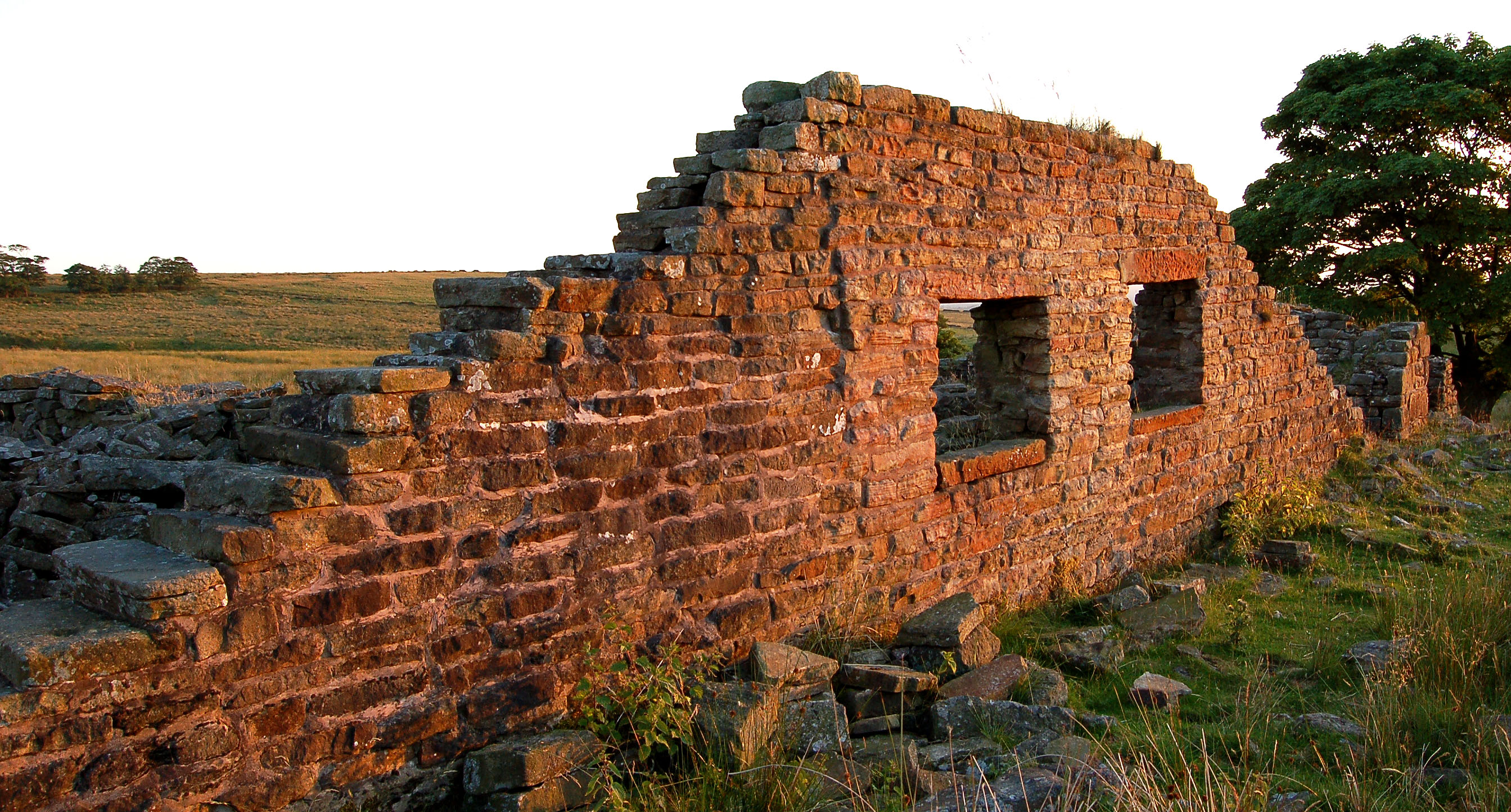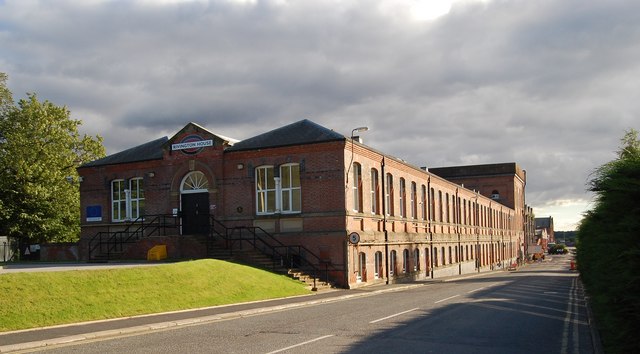|
Ward's Reservoir
Ward's Reservoir (or Wards Reservoir), known locally as the Blue Lagoon, is a small reservoir close to the village of Belmont, Lancashire, England. It is in the West Pennine Moors north of Bolton. The reservoir did not supply drinking water but was built to supply water to Rycroft Works in the early 19th century. It was enlarged in 1893 by Deacons who used the water to supply Belmont Bleachworks. It holds 150,000 cubic metres of water, with a surface area of 28,000 square metres, when full. Most of the reservoir is only a few feet deep, but it has a depth of about at its deepest point. The reservoir was drained by its owner, Belmont Holdings, in 2010, despite efforts by local residents to save it. It had fallen into a state of disrepair following the closure of the bleachworks, and was considered a flood risk by the Environment Agency. By the end of August 2010 heavy rain had refilled the reservoir, and in September 2010 it was sold for £50,000. The buyer is thought to be a ... [...More Info...] [...Related Items...] OR: [Wikipedia] [Google] [Baidu] |
Lancashire
Lancashire ( , ; abbreviated Lancs) is the name of a historic county, ceremonial county, and non-metropolitan county in North West England. The boundaries of these three areas differ significantly. The non-metropolitan county of Lancashire was created by the Local Government Act 1972. It is administered by Lancashire County Council, based in Preston, and twelve district councils. Although Lancaster is still considered the county town, Preston is the administrative centre of the non-metropolitan county. The ceremonial county has the same boundaries except that it also includes Blackpool and Blackburn with Darwen, which are unitary authorities. The historic county of Lancashire is larger and includes the cities of Manchester and Liverpool as well as the Furness and Cartmel peninsulas, but excludes Bowland area of the West Riding of Yorkshire transferred to the non-metropolitan county in 1974 History Before the county During Roman times the area was part of the Bri ... [...More Info...] [...Related Items...] OR: [Wikipedia] [Google] [Baidu] |
Belmont, Lancashire
Belmont is a village in Lancashire, England. It is close to Darwen. It has around 500 inhabitants and lies within the civil parish of North Turton in the unitary authority area of Blackburn with Darwen. History Archaeological finds at or near Belmont have been Mesolithic material and a flint blade, Flint Microlith Core and Flint Scraper. Finds have included Neolithic Barbed and tanged arrowheads. Items found from the Bronze Age include a spearhead with Bronze Age Round cairns on Noon Hill and Winter Hill. Before 1804 Belmont was known as Hordern and was part of the upper part of the township of Sharples in the parish of Bolton le Moors. The township contained cotton mills, a large dye works owned by Thomas Rycroft that had a landmark chimney (which has been demolished), and a print works; there was a paper works at Spring Side in Folds. Following a factory fire several years ago a housing estate was developed with houses designed to look traditional. The neo-gothic pa ... [...More Info...] [...Related Items...] OR: [Wikipedia] [Google] [Baidu] |
West Pennine Moors
The West Pennine Moors is an area of the Pennines covering approximately of moorland and Reservoir (water), reservoirs in Lancashire and Greater Manchester, England. It is a Site of Special Scientific Interest. The West Pennine Moors are separated from the main Pennine range by the Irwell Valley to the east. The moorland includes Withnell, Anglezarke and Rivington Moors in the extreme west, Darwen and Turton Moors, Oswaldtwistle#Oswaldtwistle Moor, Oswaldtwistle Moors and Holcombe Moors. These moors are lower in height than the main spine of the South Pennines. At , the highest point is at Winter Hill (North West England), Winter Hill. The area is of historical importance with archaeological evidence of human activity from Neolithic times. The area is close to urban areas, the dramatic backdrop to Bolton, Blackburn and Bury, Greater Manchester, Bury and neighbouring towns affording panoramic views across the Lancashire Plain and the Greater Manchester conurbation. The moorland is ... [...More Info...] [...Related Items...] OR: [Wikipedia] [Google] [Baidu] |
Bolton
Bolton (, locally ) is a large town in Greater Manchester in North West England, formerly a part of Lancashire. A former mill town, Bolton has been a production centre for textiles since Flemish people, Flemish weavers settled in the area in the 14th century, introducing a wool and cotton-weaving tradition. The urbanisation and development of the town largely coincided with the introduction of textile manufacture during the Industrial Revolution. Bolton was a 19th-century boomtown and, at its zenith in 1929, its 216 cotton mills and 26 bleaching and dyeing works made it one of the largest and most productive centres of Spinning (textiles), cotton spinning in the world. The British cotton industry declined sharply after the First World War and, by the 1980s, cotton manufacture had virtually ceased in Bolton. Close to the West Pennine Moors, Bolton is north-west of Manchester and lies between Manchester, Darwen, Blackburn, Chorley, Bury, Greater Manchester, Bury and ... [...More Info...] [...Related Items...] OR: [Wikipedia] [Google] [Baidu] |
Environment Agency
The Environment Agency (EA) is a non-departmental public body, established in 1996 and sponsored by the United Kingdom government's Department for Environment, Food and Rural Affairs, with responsibilities relating to the protection and enhancement of the environment in England (and until 2013 also Wales). Based in Bristol, the Environment Agency is responsible for flood management, regulating land and water pollution, and conservation. Roles and responsibilities Purpose The Environment Agency's stated purpose is, "to protect or enhance the environment, taken as a whole" so as to promote "the objective of achieving sustainable development" (taken from the Environment Act 1995, section 4). Protection of the environment relates to threats such as flood and pollution. The vision of the agency is of "a rich, healthy and diverse environment for present and future generations". Scope The Environment Agency's remit covers almost the whole of England, about 13 million h ... [...More Info...] [...Related Items...] OR: [Wikipedia] [Google] [Baidu] |
Horwich
Horwich ( ) is a town and civil parish in the Metropolitan Borough of Bolton, Greater Manchester, England. Prior to 1974 in the historic county of Lancashire. It is southeast of Chorley, northwest of Bolton and northwest of Manchester. It lies at the southern edge of the West Pennine Moors with the M61 motorway passing close to the south and west. At the 2011 Census, Horwich had a population of 20,067. Horwich emerged in the Middle Ages as a hunting chase. Streams flowing from the moors were harnessed to provide power for bleachworks and other industry at the start of the Industrial Revolution. The textile industry became a major employer and after 1884 the construction of the railway works caused the population of the town to increase dramatically. The old industries have closed and urban regeneration has been led by out of town developments, particularly at Middlebrook, which, since 1997 has been the base of Bolton Wanderers football club, who play at the University of ... [...More Info...] [...Related Items...] OR: [Wikipedia] [Google] [Baidu] |
Reservoirs In Lancashire
A reservoir (; from French ''réservoir'' ) is an enlarged lake behind a dam. Such a dam may be either artificial, built to store fresh water or it may be a natural formation. Reservoirs can be created in a number of ways, including controlling a watercourse that drains an existing body of water, interrupting a watercourse to form an embayment within it, through excavation, or building any number of retaining walls or levees. In other contexts, "reservoirs" may refer to storage spaces for various fluids; they may hold liquids or gasses, including hydrocarbons. ''Tank reservoirs'' store these in ground-level, elevated, or buried tanks. Tank reservoirs for water are also called cisterns. Most underground reservoirs are used to store liquids, principally either water or petroleum. Types Dammed valleys Dammed reservoirs are artificial lakes created and controlled by a dam constructed across a valley, and rely on the natural topography to provide most of the basin of the ... [...More Info...] [...Related Items...] OR: [Wikipedia] [Google] [Baidu] |




